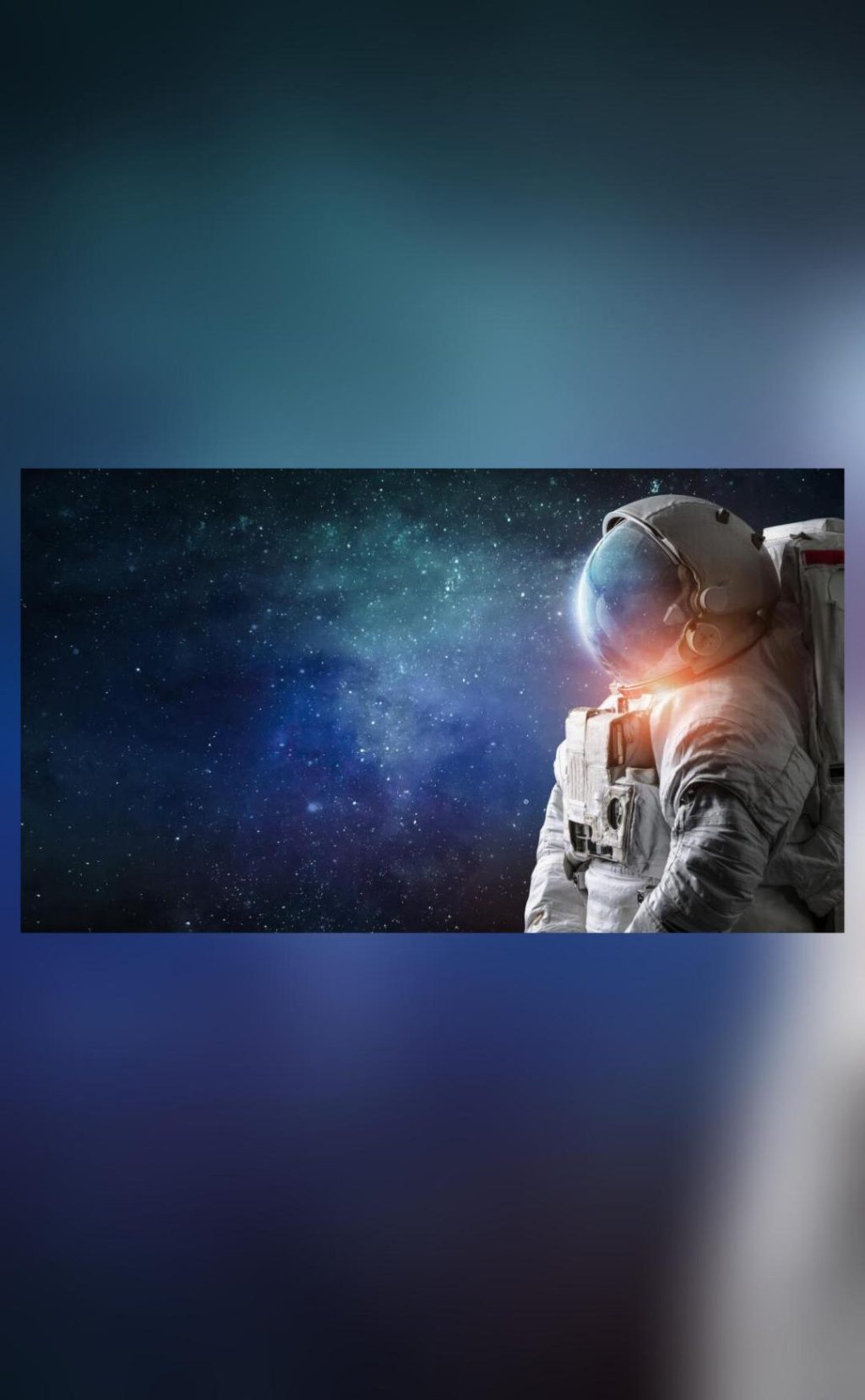
Google & NASA Create AI Medical Assistant for Mars Missions
The journey to Mars has been a long-awaited and ambitious goal for space exploration. As NASA prepares for its next major mission to the red planet, ensuring the health and well-being of astronauts on board is a top priority. To achieve this, NASA and Google have collaborated to create an AI medical assistant, known as the Crew Medical Officer Digital Assistant (CMO-DA), designed to provide medical care for astronauts during space missions.
The CMO-DA is a multimodal system that can process speech, text, and images, running on Google Cloud’s Vertex AI platform. This innovative technology has the potential to revolutionize medical care in space, allowing astronauts to receive timely and accurate diagnoses and treatment, even in remote and isolated environments.
A New Era in Space Medicine
The development of the CMO-DA is a significant milestone in the quest for medical care in space. Traditionally, astronauts have relied on human medical professionals to diagnose and treat medical conditions during missions. However, as space missions become longer and more complex, the need for AI-assisted medical care becomes increasingly pressing.
The CMO-DA is designed to provide a range of medical services, from triaging simple conditions to diagnosing more complex health issues. By leveraging AI technology, the system can analyze vast amounts of medical data, identify patterns, and make accurate diagnoses at a faster rate than human medical professionals.
Diagnostic Accuracy Rates
In a recent test, the CMO-DA demonstrated impressive diagnostic accuracy rates. For ankle injuries, the system achieved a rate of 88%, while for ear pain, it reached a rate of 80%. These results are a testament to the effectiveness of the CMO-DA and its potential to provide reliable medical care in space.
The system’s accuracy is attributed to its ability to process vast amounts of medical data, including X-rays, MRIs, and other diagnostic images. By analyzing these images and combining them with patient symptoms and medical history, the CMO-DA can provide a more comprehensive and accurate diagnosis.
Benefits for Astronauts
The CMO-DA offers numerous benefits for astronauts, particularly during long-duration space missions. By providing accurate and timely diagnoses, the system can help reduce the risk of misdiagnosis, which can have serious consequences in a remote and isolated environment.
Additionally, the CMO-DA can help reduce the workload for human medical professionals, allowing them to focus on more complex and critical medical cases. This can lead to improved patient outcomes and a better overall quality of life for astronauts on board.
The Future of Space Medicine
The development of the CMO-DA marks a significant step forward in the evolution of space medicine. As NASA and Google continue to refine and improve the system, it is likely to play a crucial role in future space missions.
The CMO-DA is not limited to use in space missions alone. Its potential applications are vast, including in remote and underserved communities here on Earth. By providing access to reliable and accurate medical care, the CMO-DA can help improve healthcare outcomes and reduce healthcare disparities.
Conclusion
The collaboration between NASA and Google has resulted in a groundbreaking AI medical assistant that is poised to revolutionize medical care in space. The CMO-DA is a testament to the power of innovation and the potential of AI technology to improve healthcare outcomes.
As we continue to push the boundaries of space exploration, the CMO-DA will be an essential tool for ensuring the health and well-being of astronauts on board. With its impressive diagnostic accuracy rates and multimodal capabilities, this AI medical assistant is set to make a significant impact on the future of space medicine.
Source:






